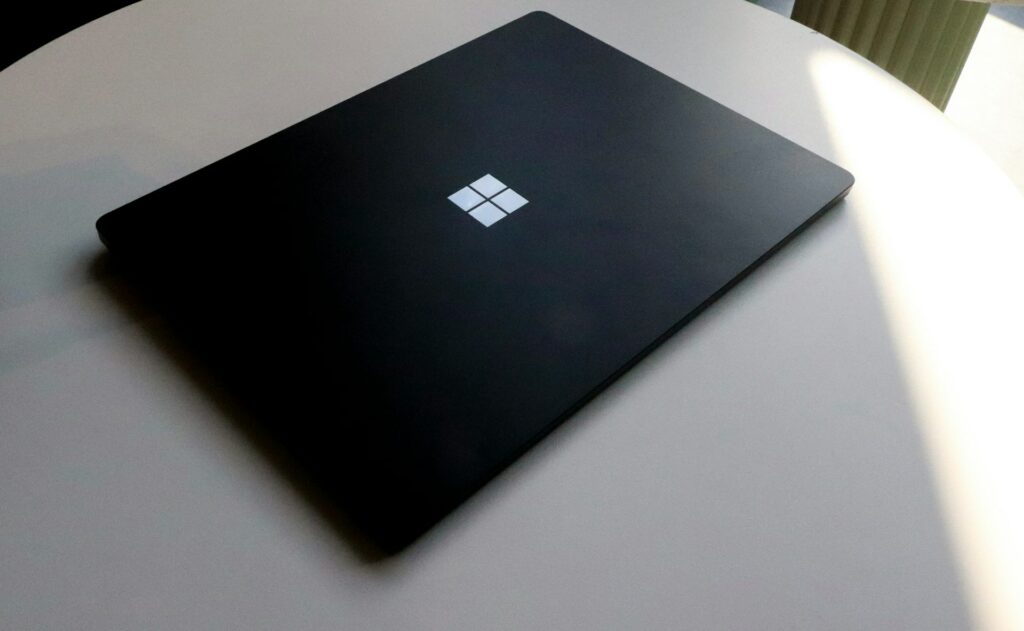Here’s How to Turn Off Startup Programs and Quicken the Boot Process

Here’s How to Turn Off Startup Programs and Quicken the Boot Process
The slowness of the boot process may be quite aggravating, particularly when you are eager to begin working or playing on your personal computer. The amount of apps that are configured to start automatically when the computer is turned on is one of the most prevalent factors that contribute to Windows having a lengthy boot time. Even if there are certain initial things that are obligatory, there are also plenty that are not required and stealthily use resources. It is possible to dramatically reduce the amount of time it takes to start up and enhance overall performance by disabling or controlling them.
Why do starting programs cause Windows to run more slowly?
Every software that loads as the computer boots up uses up resources such as the central processing unit (CPU), RAM, and disk space. The longer it takes for your system to become responsive, the more applications you have on the list in the first place. Chat programs, cloud sync tools, update checks, and utilities that do not need to run continuously are examples of most common types of software that cause this problem.
To begin, launch the Task Manager.
Microsoft Windows makes it simple to manage apps that start up straight from the Task Manager console.
- Alternately, you may right-click the taskbar and choose Task Manager, or you can press Ctrl + Shift + Esc.
- Please click the More information button if the Task Manager opens in compact mode.
- To see a list of all of the apps that are set up to start when the computer boots up, choose the Startup tab.
Analyze the Impact of the Startup
The following programs are given an Impact rating by Windows, which can be seen in the Startup tab:
- High: The software causes a considerable delay in the boot process.
- Impact that is noticeable but will not be considered important.
- Minimal impact on the amount of time required to start up.
- Windows has not yet estimated its effect, hence it has not been quantified.
- By doing so, you are able to determine which apps may be deactivated without compromising the functionality of the system.
Turn Off Programs That Aren’t Necessary
A program may be disabled by:
- You may terminate the software by right-clicking on it.
- Choose the Disable option.
- Try restarting your computer to see if there is a change in the amount of time it takes to boot up.
- There is no need to be concerned; deactivating a program in this context does not result in its removal. However, it does not prevent it from starting up automatically; you are still able to access it manually anytime it is required.
Use the Settings app in Windows 11
Additionally, the Settings app in Windows 11 allows for customization of the starting process.
- Use Win + I to access Settings.
- Navigate to the Apps > Startup menu.
- Turn off any apps that you do not wish to launch when the computer starts up.
- For those individuals who like a more straightforward user interface, this strategy is very user-friendly.
Look for any hidden startup entries.
The starting entries of some applications are concealed inside the settings of the program itself. For instance:
- Using cloud storage applications such as Dropbox or OneDrive.
- Apps for communication such as Skype and Discord are examples.
- Utility programs like as driver update managers and RGB software are two examples.
- After opening the settings for each application, search for an option that allows you to deactivate it, such as Start with Windows or Run at startup.
- The sixth step is to use MSConfig for advanced control.
- For further in-depth control over the behavior of the startup:
- To access the msconfig command, enter Win + R, then press Enter.
Navigate to the Services tab.
- If you want to avoid deactivating key Microsoft services, check the box that says “Hide all Microsoft services.”
- Remove any unwanted third-party services from your list.
- It is important to exercise caution while using this step since it is more complex and might potentially disable essential drivers or services.
Conduct Frequent Reviews of the Startup List
In many cases, new programs will automatically add themselves to the startup list during the installation process. Having a routine of reviewing the list once every few months is an excellent way to guarantee that your system is not being slowed down by any new additions that are not essential.
Additional Suggestions to Quicken the Boot Process
- Facilitate a Rapid Startup: Head to the Control Panel, then choose Power Options. Change the function of the power button, and if it is accessible, activate the Fast Startup feature.
- Windows should be kept up to date since system updates often increase boot speed.
- By using a solid-state drive (SSD), you may significantly cut down on the amount of time it takes for your computer to load up.
- Reduce the number of background applications: Disable the applications that you do not plan to use by going to Settings > Privacy > Background apps.
When it comes to poor boot speeds on Windows, one of the most neglected issues is the presence of startup apps. In order to reduce the amount of time spent waiting and to make your personal computer seem quicker and more responsive, you may examine and disable apps that are not required. It is possible to change your slow boot procedure into one that is almost instantaneous by combining it with additional improvements such as Fast Startup and the use of a solid-state drive (SSD).







